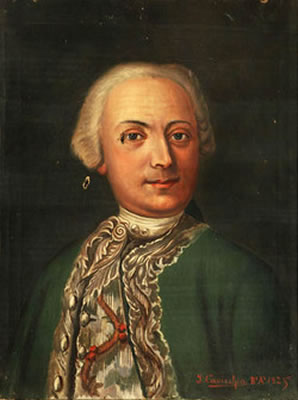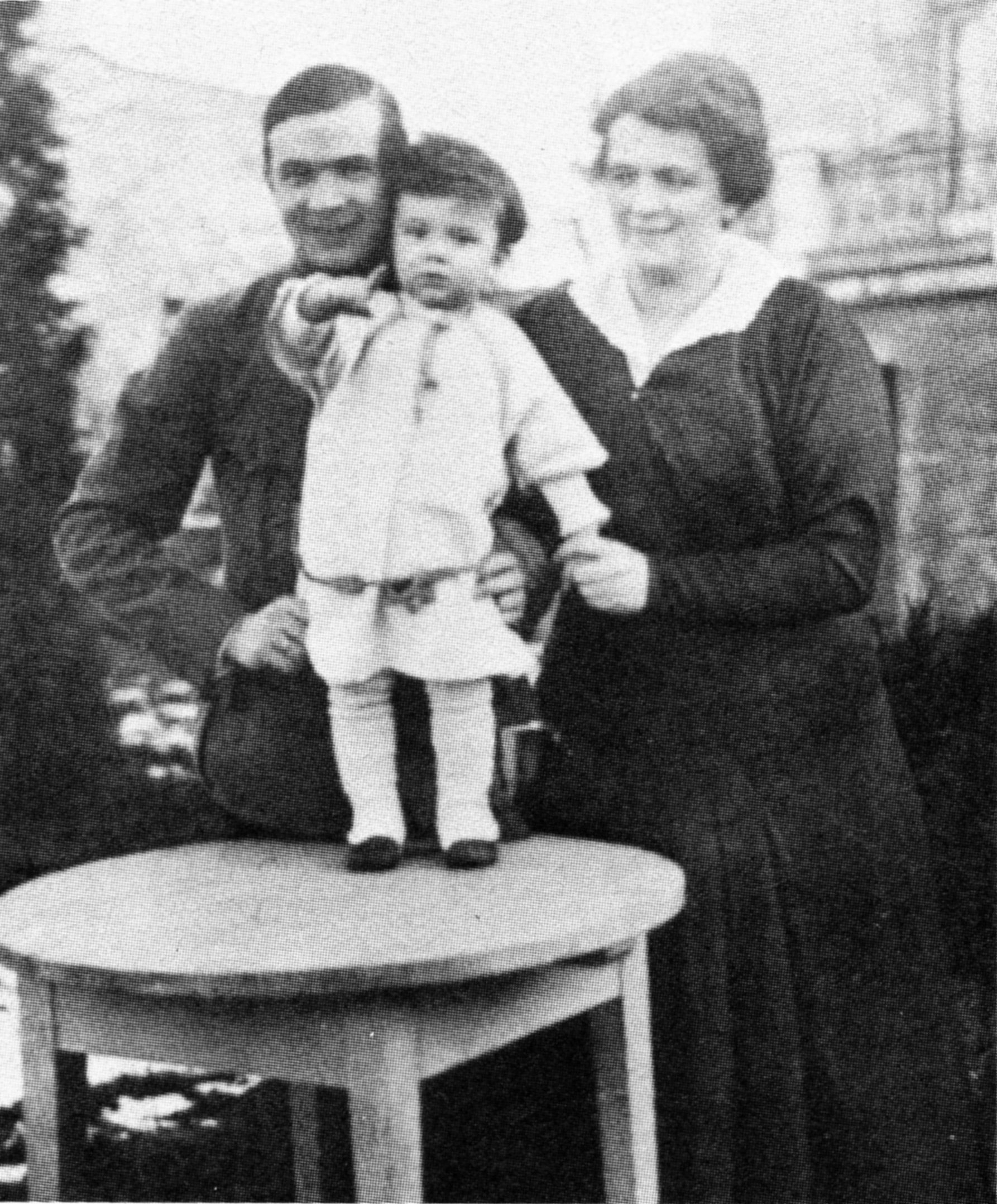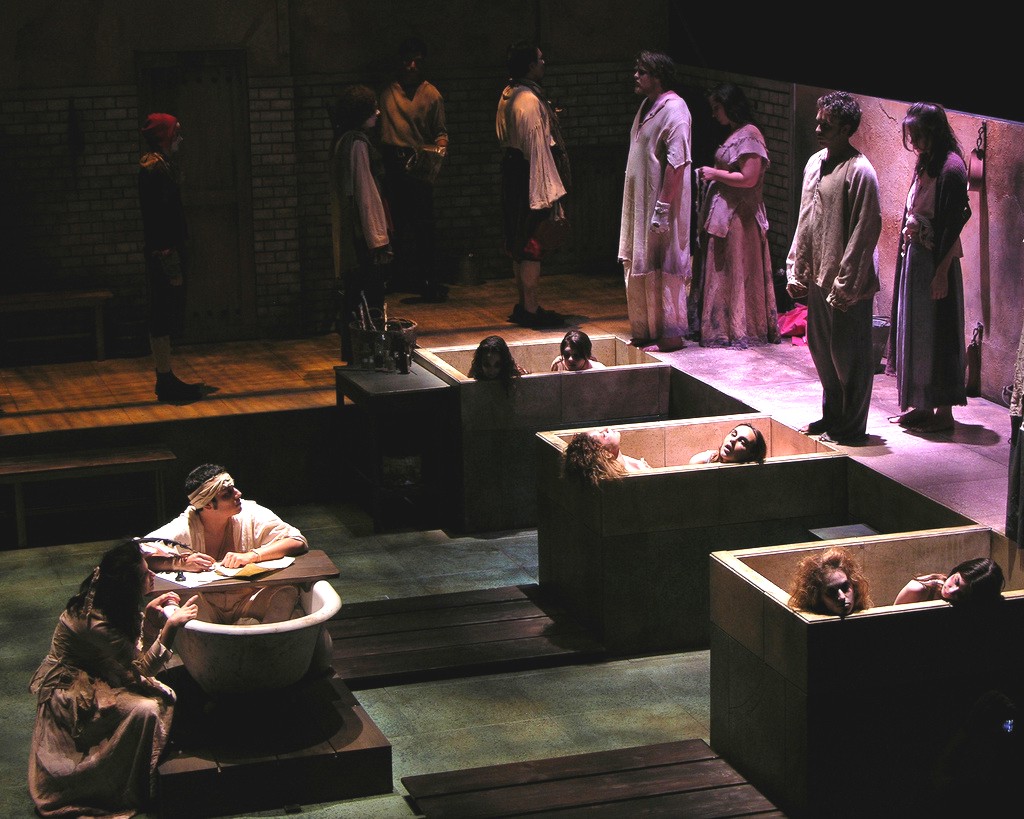|
Villanueva Cosse
Villanueva Félix Cosse Vega (born 9 November 1933) is a Uruguay, Uruguayan actor, theater director, and writer who has developed a distinguished career in his country and internationally, especially in Argentina, where he has lived since 1973. Biography Villanueva Cosse is the father of Carolina Cosse, former Intendant of Montevideo and current Vice President of Uruguay. He began his theatrical training at the in Montevideo in 1953, continued his studies at the Margarita Xirgu Multidisciplinary School of Dramatic Art, Multidisciplinary School of Dramatic Art (EMAD) in Montevideo until graduating in 1963, and attended Jacques Lecoq's School of Mime and Theater in Paris. Since 1956 he has performed in more than 60 plays in Uruguay and Argentina, taken part in 20 feature films, and in numerous television series and specials. In 1963, 1972, 1985, and 1996 he directed 11 plays at El Galpón, , , Club de Teatro, and the Comedia Nacional in Montevideo. He wrote the musical comedy ... [...More Info...] [...Related Items...] OR: [Wikipedia] [Google] [Baidu] |
Melo, Uruguay
Melo () is the capital city of the Cerro Largo Department of north-eastern Uruguay. As of the census of 2023, it is the ninth most populated city of the country with a population of 56,013. Geography Location It is located at the center of the department, on the intersection of Route 7 with Route 8, south of Aceguá and the border with Brazil. Other primary roads to the city are Route 26 and Route 44. The stream Arroyo Conventos (a tributary of Tacuarí River) flows by the west limits of the city. Climate Melo has a humid subtropical climate, described by the Köppen climate classification as ''Cfa''. Summers are warm (with hot days and cool nights) and winters are cool, with frequent frosts and fog. The precipitation is evenly distributed throughout the year, with an average of 1,241 mm (48.85 in), and the annual average temperature is 17 °C (63 °F). This city has the lowest recorded temperature in Uruguay, of -11 °C (12.2 °F), on June 14 ... [...More Info...] [...Related Items...] OR: [Wikipedia] [Google] [Baidu] |
La Nación
''La Nación'' () is an Argentine daily newspaper. As the country's leading conservative newspaper, ''La Nación''s main competitor is the more liberal ''Clarín (Argentine newspaper), Clarín''. It is regarded as a newspaper of record for Argentina. Its motto is: "''La Nación'' will be a tribune of doctrine." It is the second most read newspaper in print, behind ''Clarín'', and the third in digital format, behind ''Infobae'' and ''Clarín''. In addition, it has an application for Android (operating system), Android and iOS phones. The newspaper's printing plant is in the City of Buenos Aires and its newsroom is in Vicente López, Buenos Aires, Vicente López, Province of Buenos Aires. The newsroom also acts as a studio for the newspaper's TV channel, La Nación +, LN+. Overview The paper was founded on 4 January 1870 (replacing the former publication ''Nación Argentina''), by former Argentine President Bartolomé Mitre and associates. Until 1914, the managing editor was Jo ... [...More Info...] [...Related Items...] OR: [Wikipedia] [Google] [Baidu] |
En Retirada ...
A list of films produced in Argentina in 1984: External links Argentine films of 1984at the Internet Movie Database {{DEFAULTSORT:Argentine films of 1984 1984 Argentine Films A film, also known as a movie or motion picture, is a work of Visual arts, visual art that simulates experiences and otherwise communicates ideas, stories, perceptions, emotions, or atmosphere through the use of moving images that are gen ... [...More Info...] [...Related Items...] OR: [Wikipedia] [Google] [Baidu] |
Proceso A La Infamia
''Proceso a la infamia'' aka ''Los Años Infames'' is a 1974 Argentine historical drama film directed by Alejandro Doria, set in the period that followed the Great Depression in Argentina, known as the "Infamous Decade The Infamous Decade () was a period in Argentine history that began with the 1930 coup d'état against President Hipólito Yrigoyen. This decade was marked on one hand by significant rural exodus, with many small rural landowners ruined b ...". External links * Argentine drama films 1970s Spanish-language films Films set in the Infamous Decade Films set in Buenos Aires Films directed by Alejandro Doria 1970s Argentine films 1974 drama films Spanish-language drama films {{1970s-Argentina-film-stub ... [...More Info...] [...Related Items...] OR: [Wikipedia] [Google] [Baidu] |
Eugene O'Neill
Eugene Gladstone O'Neill (October 16, 1888 – November 27, 1953) was an American playwright. His poetically titled plays were among the first to introduce into the U.S. the drama techniques of Realism (theatre), realism, earlier associated with Anton Chekhov, Chekhov, Henrik Ibsen, Ibsen, and August Strindberg, Strindberg. The tragedy ''Long Day's Journey into Night'' is often included on lists of the finest U.S. plays in the 20th century, alongside Tennessee Williams's ''A Streetcar Named Desire (play), A Streetcar Named Desire'' and Arthur Miller's ''Death of a Salesman''. He was awarded the 1936 Nobel Prize in Literature. O'Neill is also the only playwright to win four Pulitzer Prize for Drama, Pulitzer Prizes for Drama. O'Neill's plays were among the first to include speeches in American English vernacular and involve characters on the fringes of society. They struggle to maintain their hopes and aspirations, ultimately sliding into disillusion and despair. Of his very few c ... [...More Info...] [...Related Items...] OR: [Wikipedia] [Google] [Baidu] |
Long Day's Journey Into Night
''Long Day's Journey into Night'' is a play in four acts written by American playwright Eugene O'Neill in 1939–1941 and first published posthumously in 1956. It is widely regarded as his magnum opus and one of the great American plays of the 20th century. It premiered in Sweden in February 1956 and then opened on Broadway in November 1956, winning the Tony Award for Best Play. O'Neill received the 1957 Pulitzer Prize for Drama posthumously for ''Long Day's Journey into Night''. The work is openly autobiographical in nature. The "long day" in the title refers to the setting of the play, which takes place during one day. '' A Moon for the Misbegotten'' is a sequel to the play. Summary The play takes place on a single day in August 1912. The setting is Monte Cristo Cottage, the seaside home of the Tyrones in Connecticut. The four main characters are the semi-autobiographical representations of O'Neill, his older brother, and their parents, including his father actor James O' ... [...More Info...] [...Related Items...] OR: [Wikipedia] [Google] [Baidu] |
Ramón Del Valle-Inclán
Ramón María del Valle-Inclán y de la Peña (born in Vilanova de Arousa, Galicia, Spain, on October 28, 1866, and died in Santiago de Compostela on January 5, 1936) was a Spanish dramatist, novelist, and member of the Spanish Generation of 98. His work was considered radical in its subversion of the traditional Spanish theatre in the early 20th century. He influenced later generations of Spanish dramatists and is honored on National Theatre Day with a statue in Madrid. Biography Ramón María del Valle-Inclán was the second son of Ramón Valle-Inclán Bermúdez and Dolores de la Peña y Montenegro. As a child he lived in Vilanova and A Pobra do Caramiñal, and then he moved to Pontevedra in order to study high school. In 1888 he started to study law at University of Santiago de Compostela, and there he published his first story, ''Babel'', at the ''Café con gotas'' magazine. He left his studies and moved to Madrid in 1890, where he wrote for various periodical newspa ... [...More Info...] [...Related Items...] OR: [Wikipedia] [Google] [Baidu] |
Bohemian Lights
''Bohemian Lights'', or ''Luces de Bohemia'' in the original Spanish, is a play written by Ramón del Valle-Inclán, published in 1924. The central character is Max Estrella, a struggling poet afflicted by blindness due to developing syphilis. The play is a degenerated tragedy (''esperpento'') focusing on the troubles of the literary and artistic world in Spain under the Restoration. Through Max's poverty, ill fortune and eventual death, Valle-Inclán portrays how society neglects the creative. Analysis of the play ''Bohemian Lights'' is the first '' esperpento'' by Ramón del Valle-Inclán. The play tells the tragic story of the blind poet Max Estrella as he wanders the streets of early twentieth-century Bohemian Madrid on the last night of his life. ''Esperpentos'' depict the world as tragicomedy and the actors as puppets helpless to their fates. The audience is asked to consider what is authentic and what is spectacle. ''Bohemian Lights'' is equal parts Realism and Expressi ... [...More Info...] [...Related Items...] OR: [Wikipedia] [Google] [Baidu] |
Peter Weiss
Peter Ulrich Weiss (8 November 1916 – 10 May 1982) was a German writer, painter, graphic artist, and experimental filmmaker of adopted Swedish nationality. He is particularly known for his plays ''Marat/Sade'' and '' The Investigation'' and his novel '' The Aesthetics of Resistance''. Peter Weiss earned his reputation in the post-war German literary world as the proponent of an avant-garde, meticulously descriptive writing, as an exponent of autobiographical prose, and also as a politically engaged dramatist. He gained international success with ''Marat/Sade'', the American production of which was awarded a Tony Award and its subsequent film adaptation directed by Peter Brook. His "Auschwitz Oratorium," '' The Investigation'', served to broaden the debates over the so-called "Aufarbeitung der Vergangenheit" (or formerly) "Vergangenheitsbewältigung" or "politics of history." Weiss's magnum opus was '' The Aesthetics of Resistance'', called one of the "most important German-lan ... [...More Info...] [...Related Items...] OR: [Wikipedia] [Google] [Baidu] |
Marat/Sade
''The Persecution and Assassination of Jean-Paul Marat as Performed by the Inmates of the Asylum of Charenton Under the Direction of the Marquis de Sade'' (), usually shortened to ''Marat/Sade'' (), is a 1963 play by Peter Weiss. The work was first published in German. Incorporating dramatic elements characteristic of both Antonin Artaud and Bertolt Brecht, it is a depiction of class struggle and human suffering that asks whether true revolution comes from changing society or changing oneself. Plot Set in the historical Charenton (asylum), Charenton Asylum, ''Marat/Sade'' is almost entirely a "play within a play". The main story takes place on 13 July 1808; the play directed by the Marquis de Sade within the story takes place 15 years earlier, during the French Revolution, culminating in the assassination (13 July 1793) of Jean-Paul Marat, then quickly brings the audience up to date (1808). The actors are the inmates of the asylum; the nurses and supervisors occasionally step in t ... [...More Info...] [...Related Items...] OR: [Wikipedia] [Google] [Baidu] |




